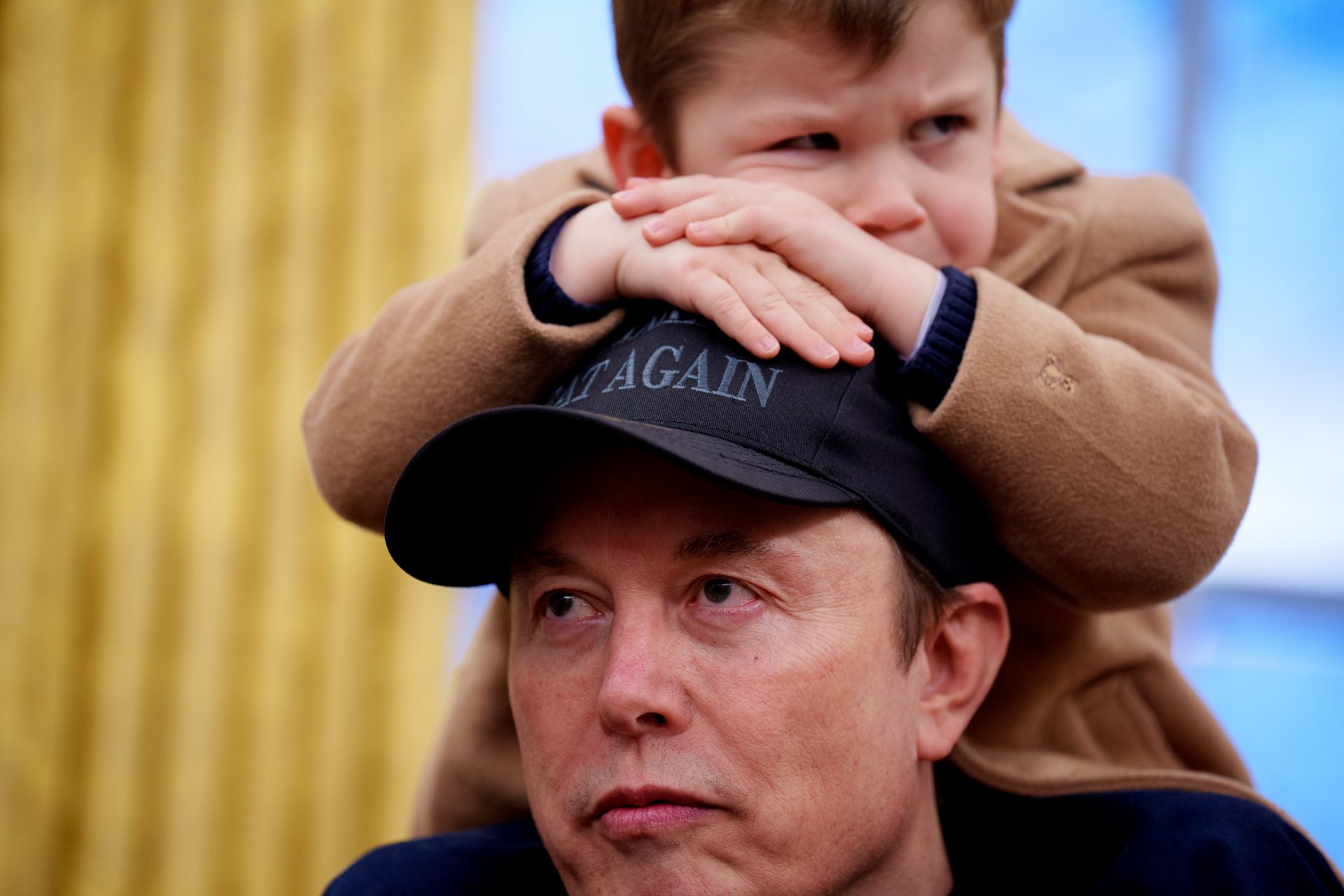Two men may be able to have biological children together in the future
In March 2023, at the Third International Summit on Human Genome Editing at the Francis Crick Institute in London, a Japanese scientist presented a stunning creation: mice with two biological fathers, an advance that opens up new possibilities for human reproduction.
The prospect of same-sex couples being able to have a biological child together in the future, was in everyone’s mouth at the Human Genome Editing Summit, according to The Guardian.
This is the first case of making robust mammal oocytes from male cells, according to Katsuhiko Hayashi, who led the work at Kyushu University in Japan.
The study relied on a sequence of intricate steps to transform a skin cell, carrying the male XY chromosome combination, into an egg, with the female XX version, the research showed.
Male skin cells were reprogrammed into a stem cell-like state to create so-called induced pluripotent stem (iPS) cells.
Photo: CDC/Unsplash
The Y-chromosome of these cells was then deleted and replaced by an X chromosome “borrowed” from another cell to produce iPS cells with two identical X chromosomes.
“The trick of this, the biggest trick, is the duplication of the X chromosome,” Hayashi told The Guardian. “We really tried to establish a system to duplicate the X chromosome.”
Finally, the cells were cultivated in an ovary organoid, a culture system designed to replicate the conditions inside a mouse ovary, according to the research published in Nature.
When the eggs were fertilised with normal sperm, the scientists obtained about 600 embryos, which were implanted into surrogate mice, resulting in the birth of seven mice.
The mice appeared healthy, had a normal lifespan, and went on to have offspring as adults, said Hayashi, according to The Guardian.
Hayashi’s team is now attempting to replicate the achievement with human cells, although there would be significant hurdles for the use of lab-grown eggs for clinical purposes.
The technique could also be applied to treat severe forms of infertility, including women with Turner’s syndrome, according to Hayashi.
However, some scientists suggested that human cells require much longer periods of cultivation to produce a mature egg, which can increase the risk of cells acquiring unwanted genetic changes.
Scientists have already created the precursors of human eggs, but until now the cells have stopped developing before the point of meiosis: a critical step of cell division required in the development of mature eggs and sperm, a scientist explained to The Guardian.
“The next steps are an engineering challenge,” as described by Amander Clark, who works on lab-grown gametes at the University of California. Clark told The Guardian it could probably be achieved in 10 to 20 years.
More for you
Top Stories

































